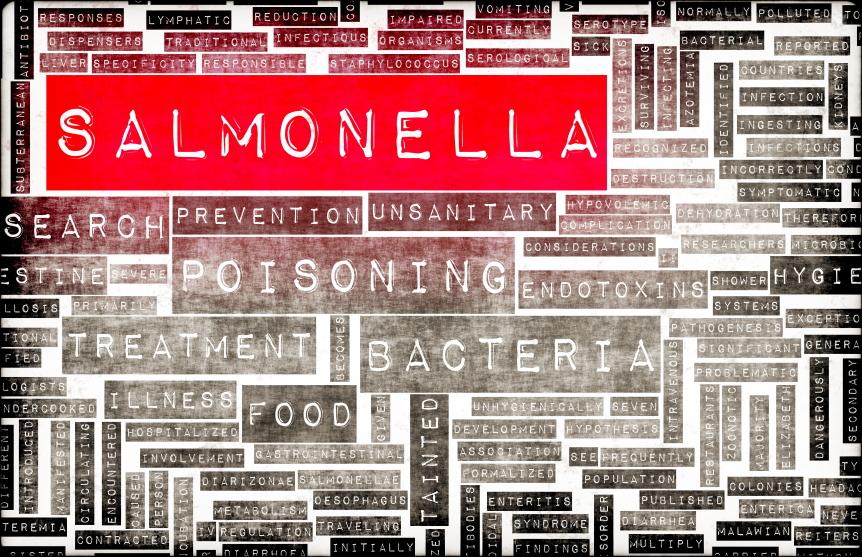
Salmonella bacteria are often spread through contaminated food, but it is quite possible to acquire salmonellosis through drinking water, too. If you live in a town or city and receive municipal water that has been chlorinated, you will not get salmonellosis from the water – chlorine kills salmonella entirely. However, if you have a well or if your municipality relies on deep water wells to provide water, the possibility will always exist that the water can become contaminated with these bacteria and make you and your family ill.
How Salmonella Gets into the Water Supply
Salmonella spreads when fecal matter that contains the bacteria is able to enter the well. Flooding or even slight earthquakes can cause a well to be vulnerable to these bacteria as groundwater flow may shift.
Leaking septic systems or sewer lines are usually where the problem begins, but as both domestic and wild animals can carry salmonella; this is another possible source of infection. Humans, as well as animals, can be infected with salmonella and be completely free of symptoms, too.
Several years ago, a municipal water supply in Colorado, which depended upon deep wells to supply the town’s water was contaminated with salmonella, resulting in about 15% of the town’s inhabitants coming down with salmonellosis.
Salmonellosis symptoms include diarrhea, vomiting, and fever. This illness also has the capacity to spread from the intestines to other parts of the body. In addition to causing infection body wide, salmonellosis can cause dehydration and arthritis. If dehydration occurs, hospitalization will usually be necessary to provide intravenous rehydration therapy.
Don’t Take Chances
We have all heard the expression, “An ounce of prevention is worth a pound of cure”, and this applies to keeping your household safe from salmonella infections. It is true that boiling water will kill salmonella bacteria, but this is a rather time consuming and clumsy approach to the problem.
Water filters – those designed specifically to remove organic pathogens and pollutants – are excellent at trapping these dangerous organisms so that you and your family can drink water without worry.
You will have a wide variety of filters to choose from: under the sink models, countertop units, or even whole house water filters. However, when you do shop for a water filter to keep your well water safe for drinking, pay attention to the specifications of the filter – you will need one with a very small pore size so that there will be no chance of bacteria getting through the filter. Reverse osmosis filters or ceramic water filters are very good at providing water that is safe to drink, and these make the perfect filtration systems for the entire home.


Share:
How to Filter Radon from Drinking Water
Aquacera Twin Countertop Fluoride Plus Water Filter System